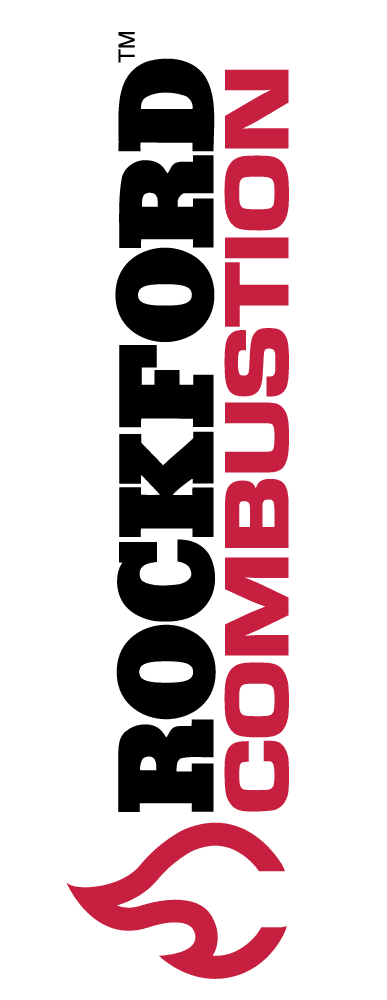Press Brake Safeguarding Basics
Press Brakes are currently a hot topic in the “Machine Safeguarding” arena. OSHA regulations consider press brakes to be a 1910.212 machine, saying to the employer; “one or more methods of machine guarding shall be provided to protect the operator and other employees in the machine area from hazards such as those created by point…



